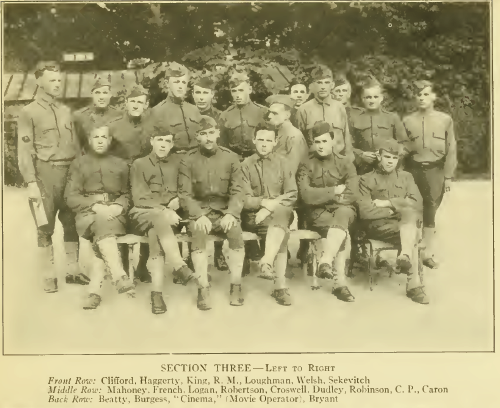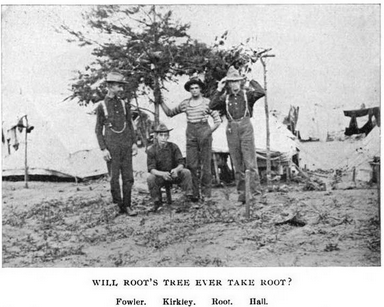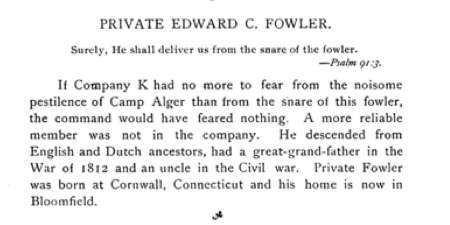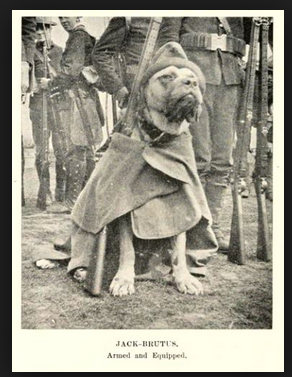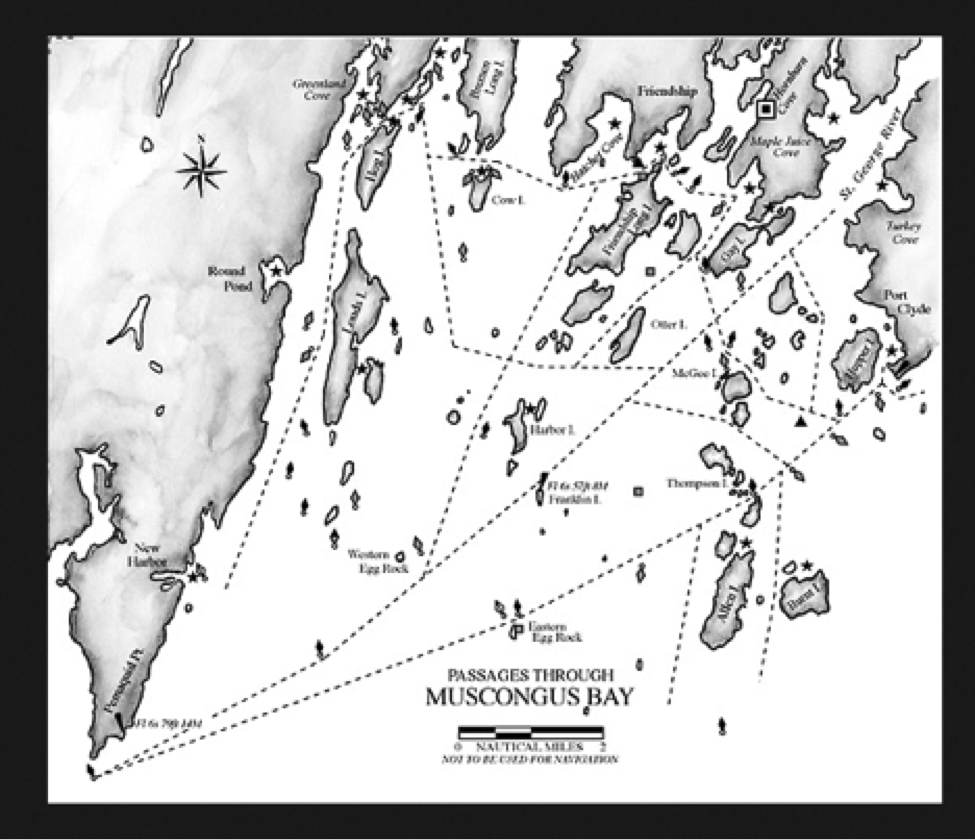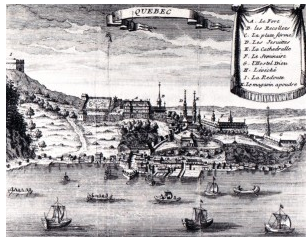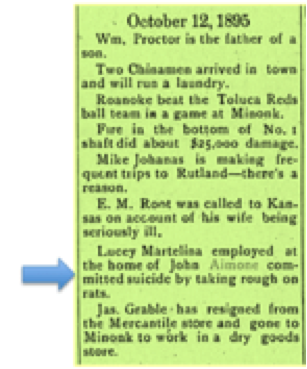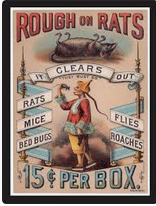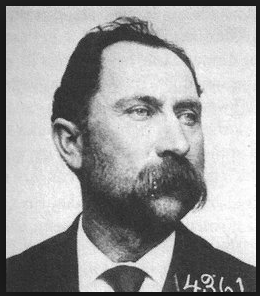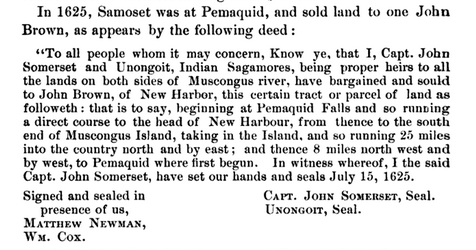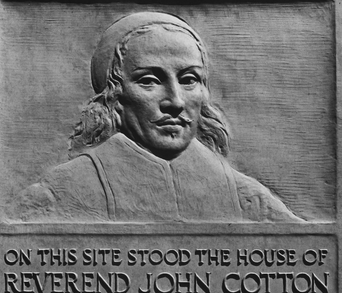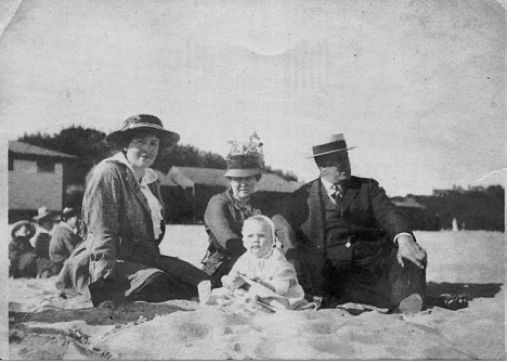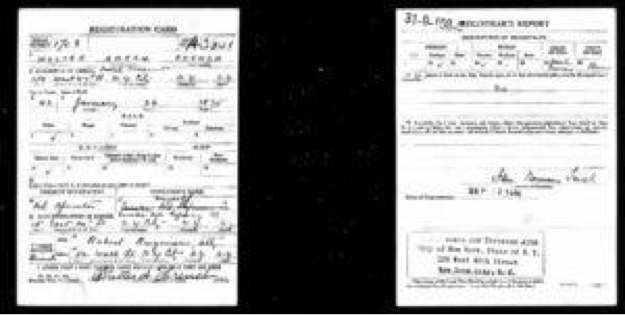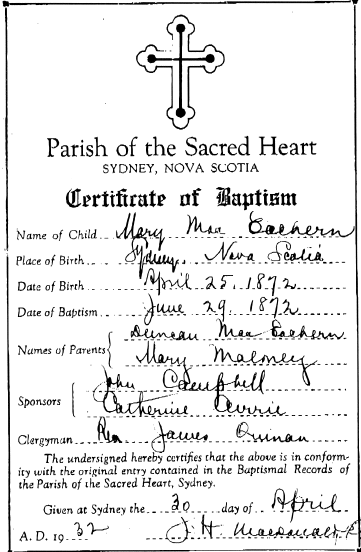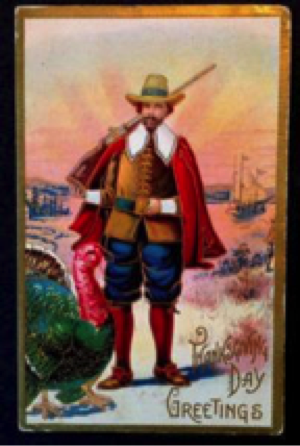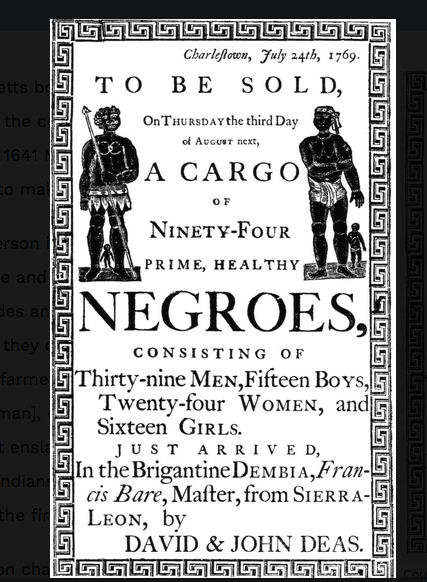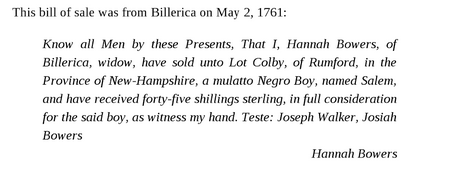Pvt. George B. French – World War 1
On May 11,
1917, my paternal grandfather, George Bradley French (1898-1983) sailed to
London as a Private in the American Expeditionary Force assigned to U.S. Army
Base Hospital No. 5, referred to as the Harvard University Base Hospital
Unit. Base Hospital No. 5 was one of six American Expeditionary Forces
Base Hospitals loaned to the British Expeditionary Forces for the duration of
the First World War. Their first post was with the British Expeditionary
Forces at Camiers, fifteen miles south of Boulogne on the coast of
France. In the six months Base Hospital No. 5 was stationed in Camiers
they treated over 15,000 cases, with 3,000 patients in June 1917 alone.
Despite being miles behind enemy lines and clearly marked as a hospital, the Base was not exempt from danger. On the night of September 4th, a Imperial German Air Service heavy Gotha bomber flew over the Camiers area and dropped a succession of seven bombs, five of them being direct hits in Base Hospital No. 5’s compound resulting in several deaths and injuries (The Bombing of the Harvard Base Hospital. In October 1917, the hospital would move to Bolougne, where it remained until the end of the war.
A book about the unit, The Story of Base Hospital #5, includes the following description of George, “A young blond chap who helped Ronnie King to run the reception tent for the first months in Camiers. However, the young man set out to capture a record and tried to corral all the P. U. O. bugs in France. So, he spent most of his time in the hospital, and was eventually invalided home. ”
PUO –
Pyrexia Unknown Origin or referred to as trench
fever. It took the military months before being able to identify a
vector, the louse, which was later proved to transmit the disease.
Recovery was slow, often lasting months. According to medical studies,
fever associated with PUO had a peculiar characteristic in that it would break
after five or six days, but then climb again several days later. This cycle
might be repeated as many as eight times. Poor George.
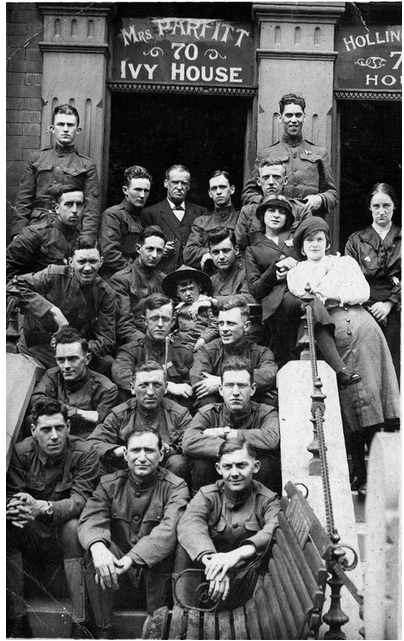
Is it George?
This photograph, entitled U.S. Base Hospital No.5 – London, is in the collection of the Littleborough (England) History Centre. On the back of the photograph is an address: Pte. A Simpson, US Base Hospital Unit 5, c/o Sir Alfred Keough, War Dept, London
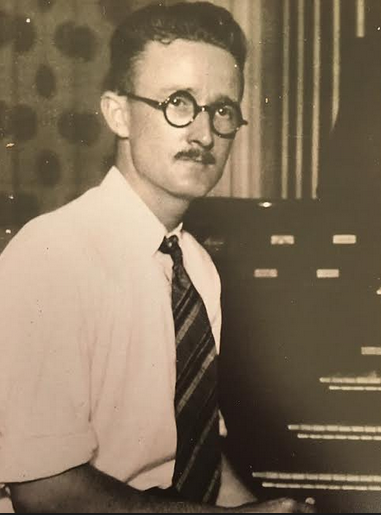
I confirmed that Albert E. Simpson was a Private-1st Class in this unit and that in transit to France, the unit stayed briefly in London. I was also able to match the identities of several of the soldiers in the photo with those in the unit history. I am certain that George is also in the photo, standing to the left of the local man near the top of the stairs. As a comparison, a photo (right) of George taken several years later shown from a similar angle (check out the forehead, nose and eyes). Update – George’s daughter, Barbara (Bref), confirmed that it is indeed George!
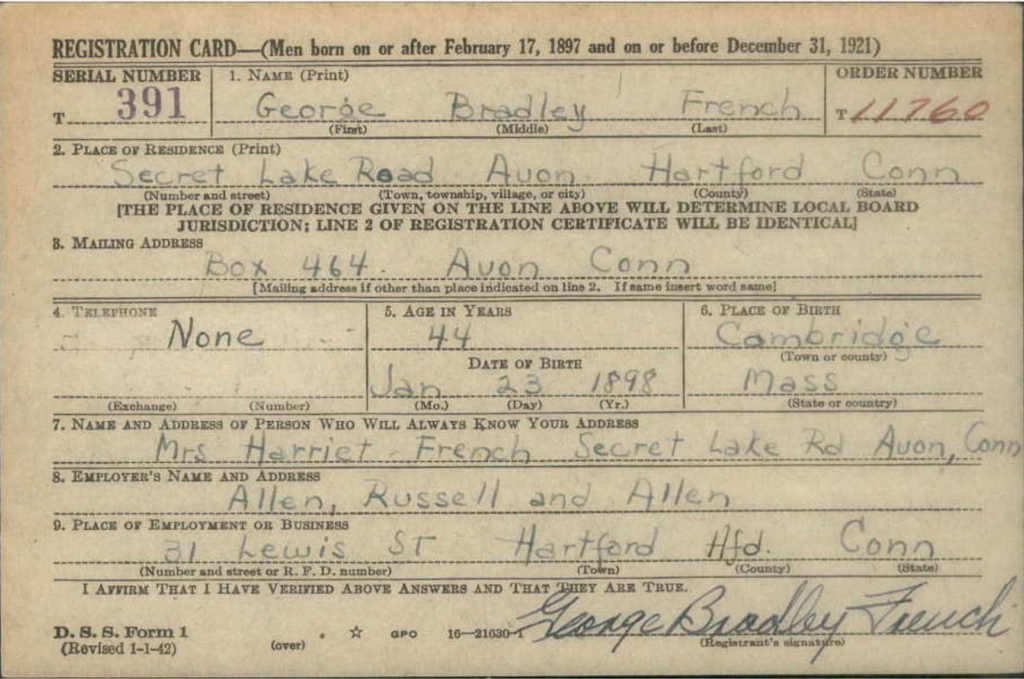
Comments, corrections and and suggestions appreciated.
Copyright © 2020. All Rights Reserved by David R. French.
